
Instructional Design PlanA strong instructional design plan maps out the full learning sequence for a concept-based unit. Rooted in backward design, it starts with essential understandings, guiding questions, and measurable outcomes—then breaks the content into daily lessons that move learners from foundational knowledge to higher-level application.
The Learning BlueprintAudience: Diverse cohort of 9th-grade learners at varying proficiency levels—ranging from below to above grade level—and including both native and multilingual English speakers.
Purpose: Increase literacy outcomes and readiness for state assessments by delivering equitable, differentiated learning experiences.
Strategy: Implement tiered, scaffolded instruction designed to accelerate growth rather than merely address gaps. Learners activate prior knowledge through spiraled skills and apply them to new, progressively challenging content. To ensure engagement and cultural relevance, the design integrates opportunities for learners to make cross-textual, real-world, and personal connections—driving deeper comprehension and meaningful application.
Audience: Diverse cohort of 9th-grade learners with varying proficiency levels, including native and multilingual English speakers—representing a wide range of backgrounds and experiences.
Purpose: Develop learners’ critical thinking skills by examining the complexities of human nature—encouraging them to question whether behaviors are innate or learned.
Strategy: Provide differentiated, scaffolded instruction that guides students in making meaningful connections across diverse sources—from historical events and literature to current issues. Learners engage in structured discourse to process, challenge, and refine their ideas collaboratively. This dialogic approach equips them to strengthen their written arguments by supporting claims with clear, relevant evidence.
Instructional Flow & Session Planning
These weekly lesson plans offer a detailed, day-to-day look at instruction, emphasizing alignment, pacing, and progression in both rigor and content knowledge. Each plan includes a minute-by-minute breakdown to maximize instructional time, support learning continuity, and strategically close academic gaps.
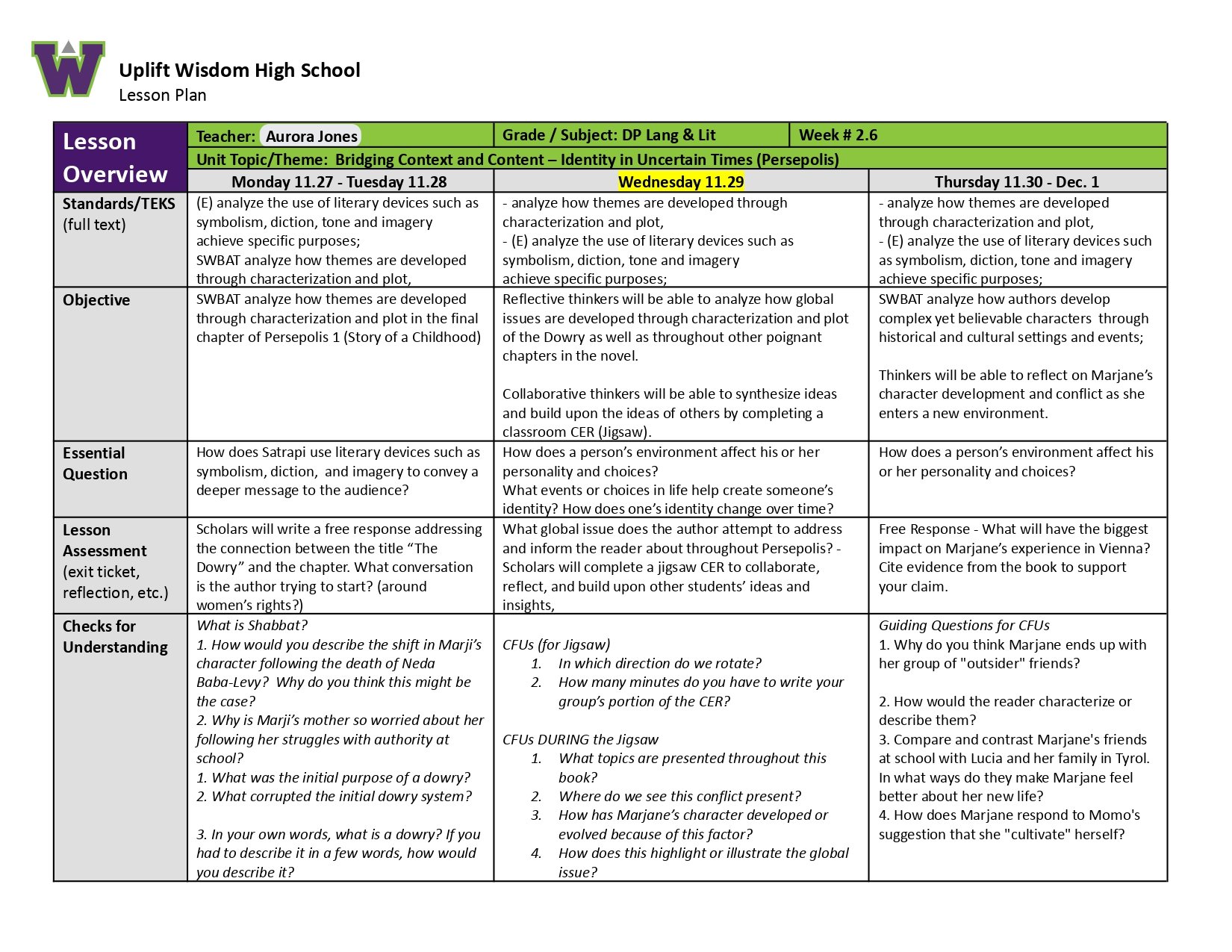
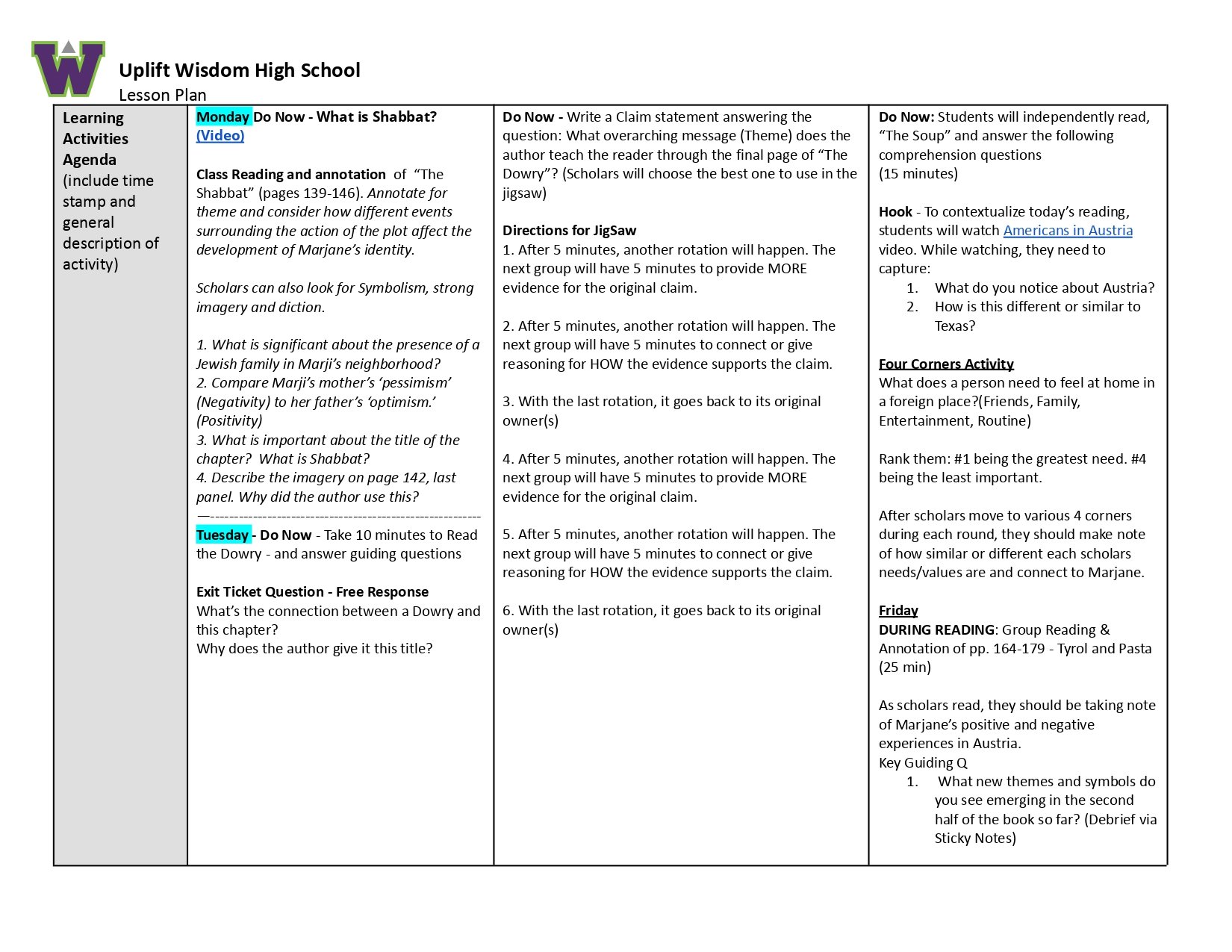
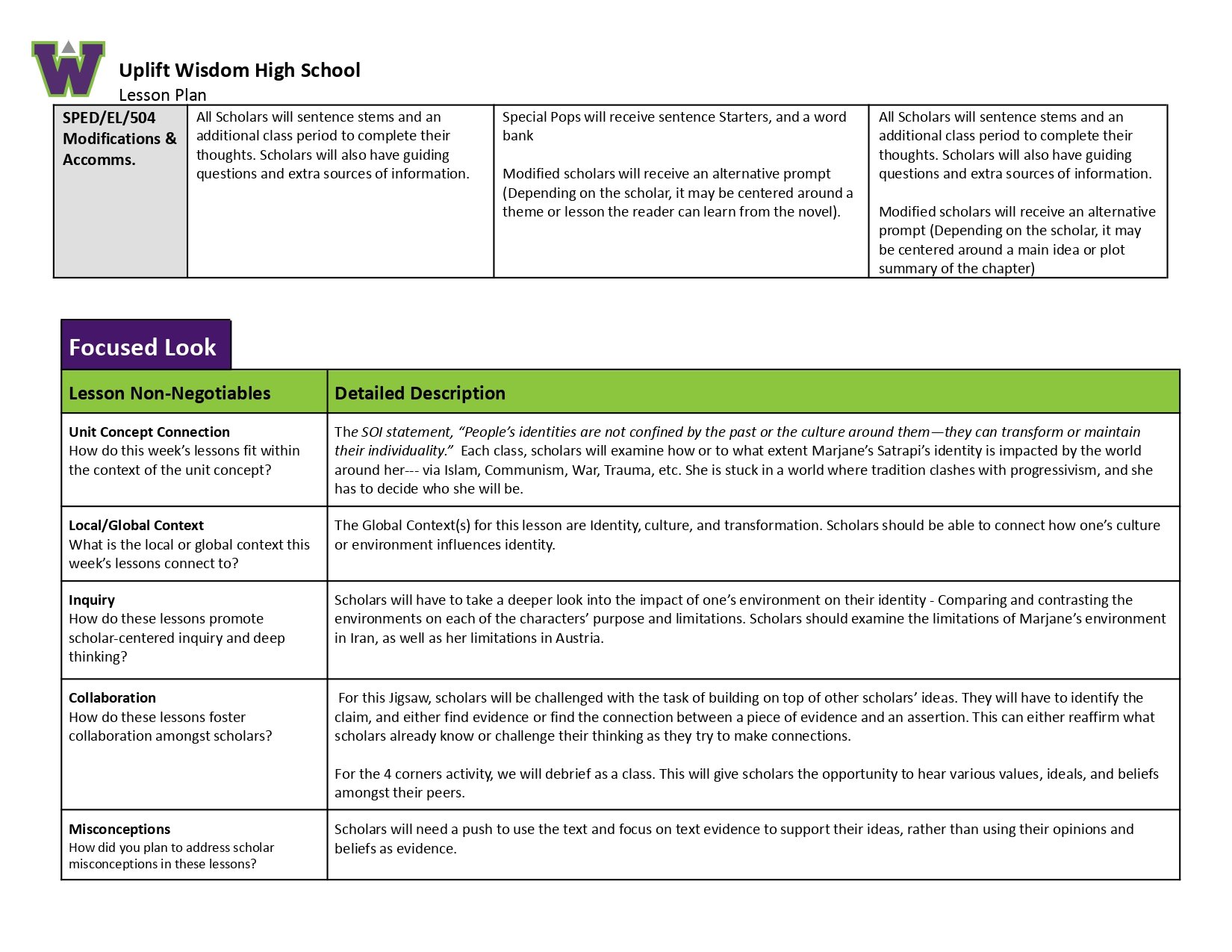
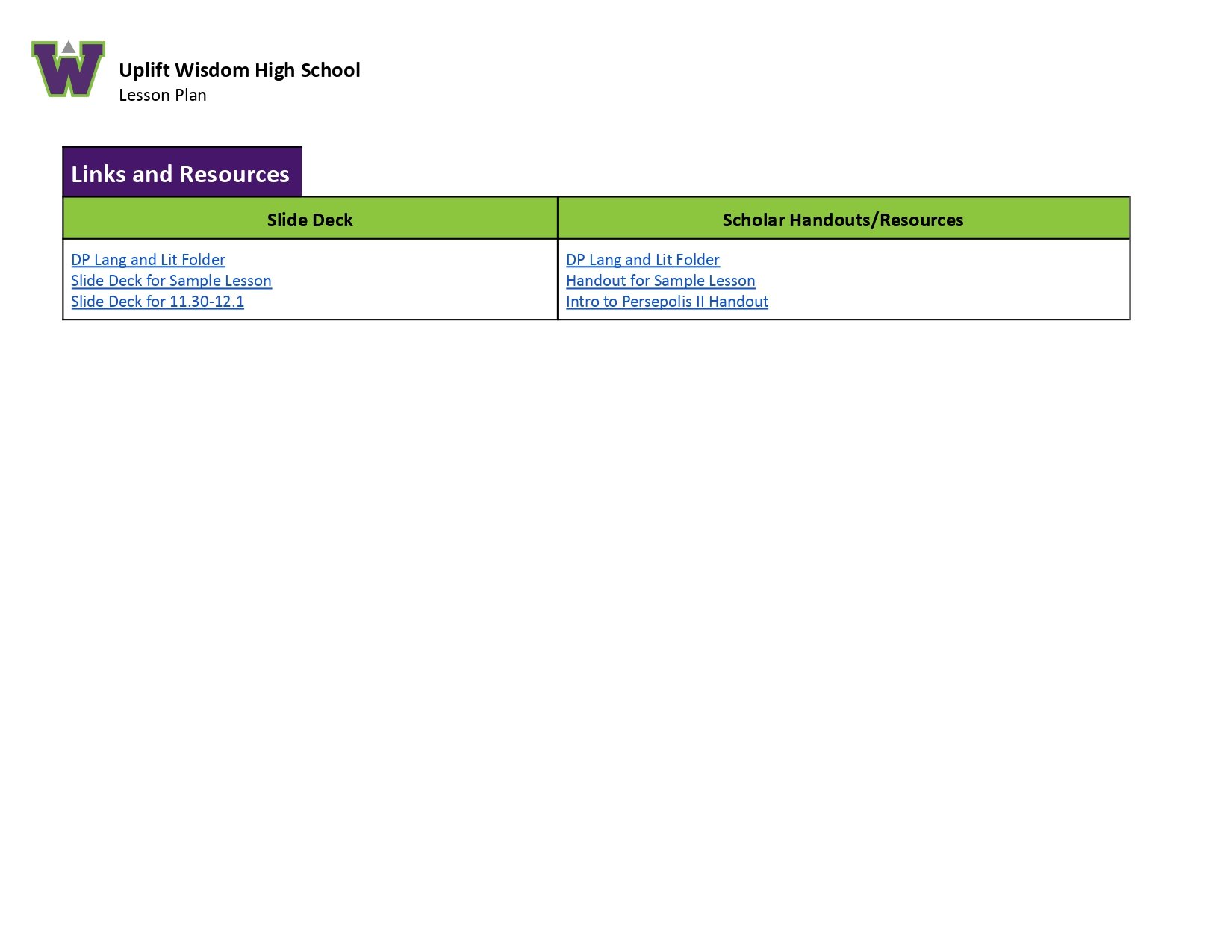
Need a closer look at the session plan? Differentiated Lesson DesignScaffolding isn't about simplifying or modifying the end goal—it's about providing intentional support to help all learners reach it. Differentiation can be subtle and strategic, offering just enough guidance to ensure access without alienation. The task may look the same for everyone, but the path to success is adjusted to meet learners where they are and guide them toward the same destination. Can you spot the differences?
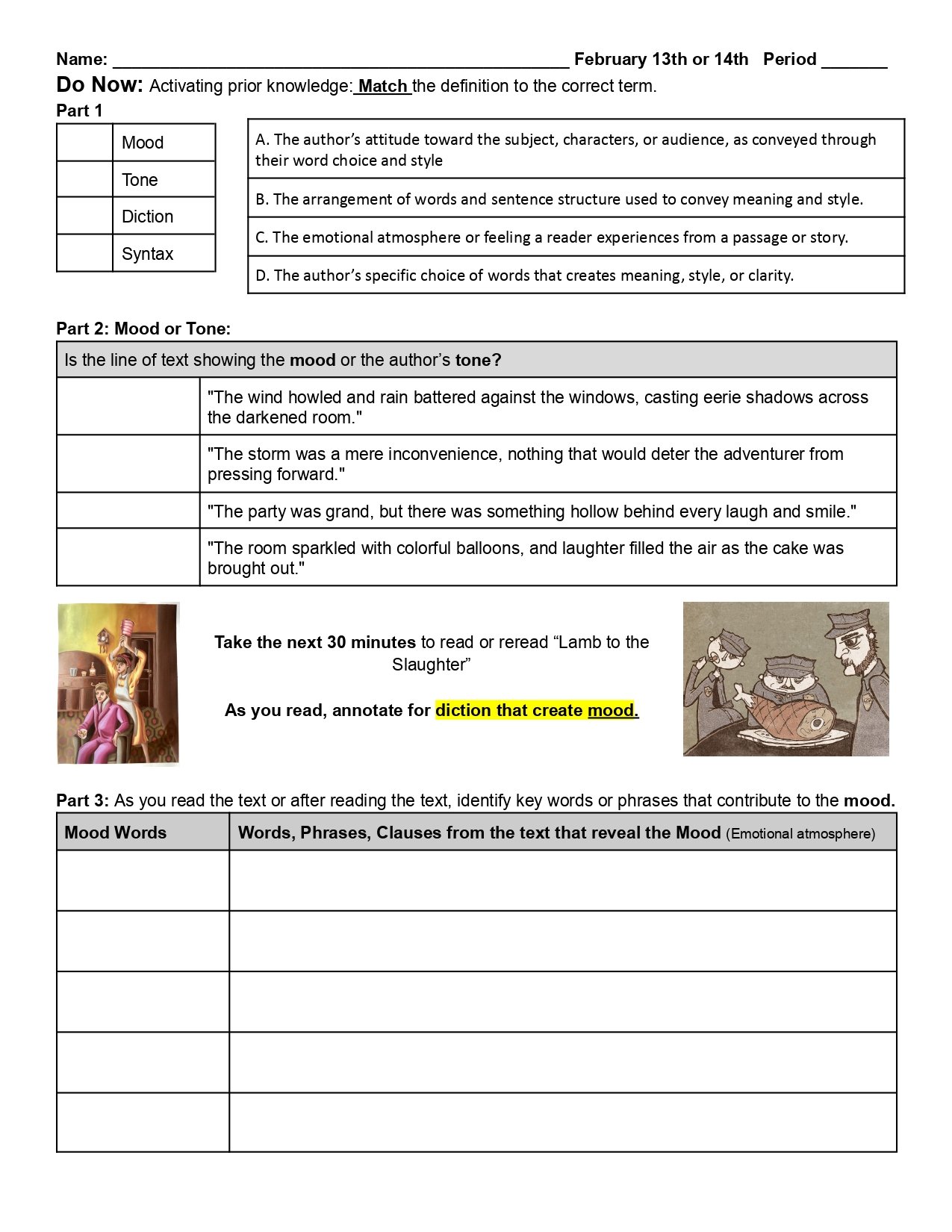
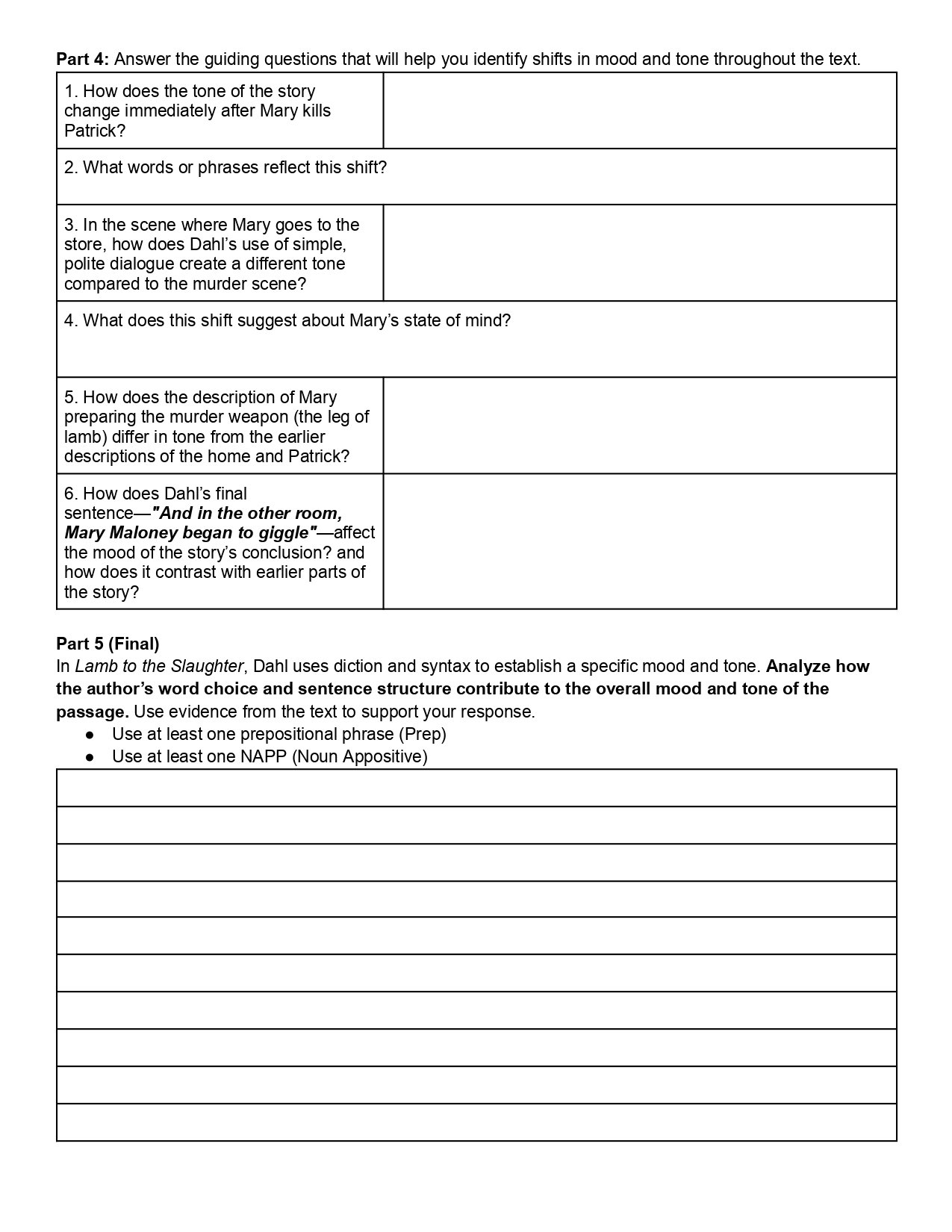
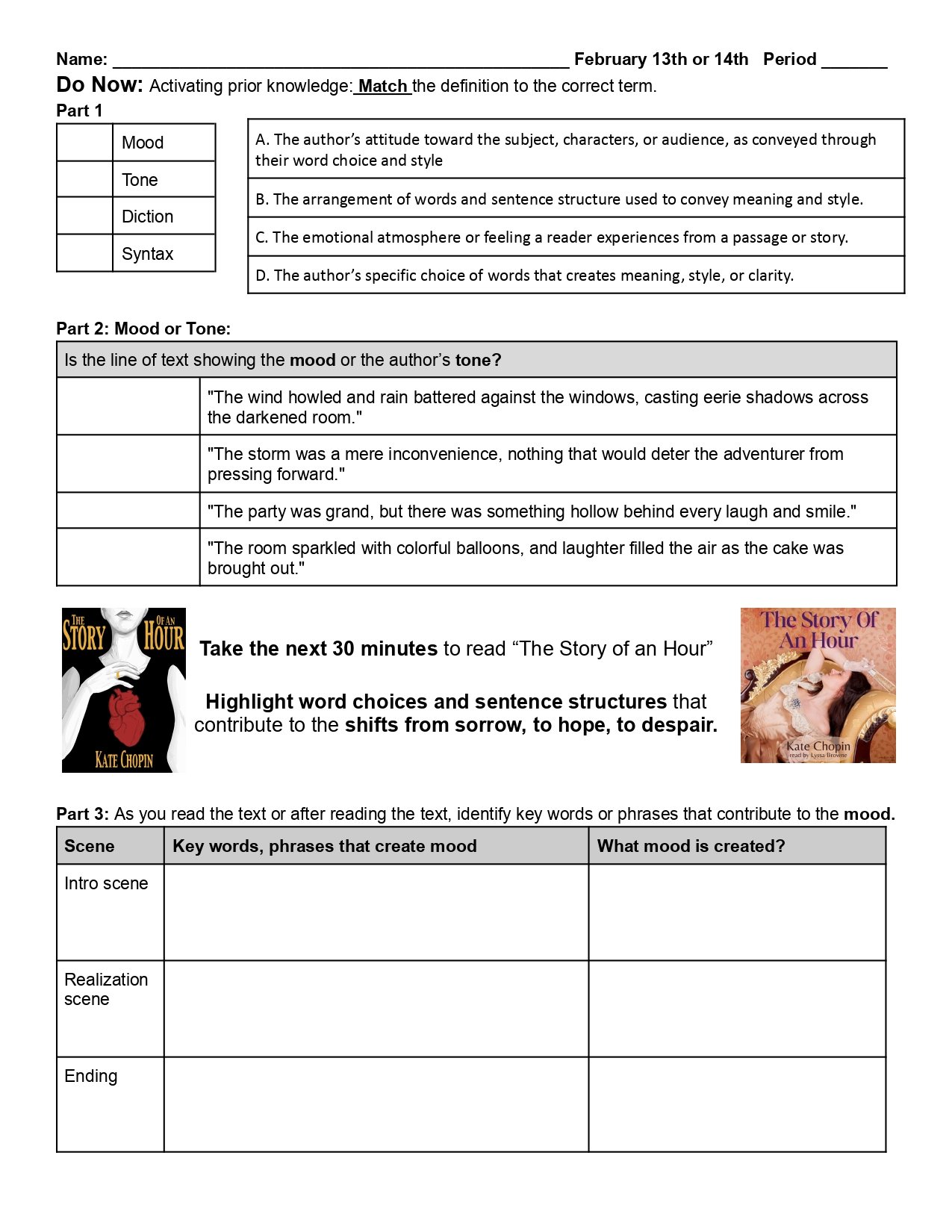
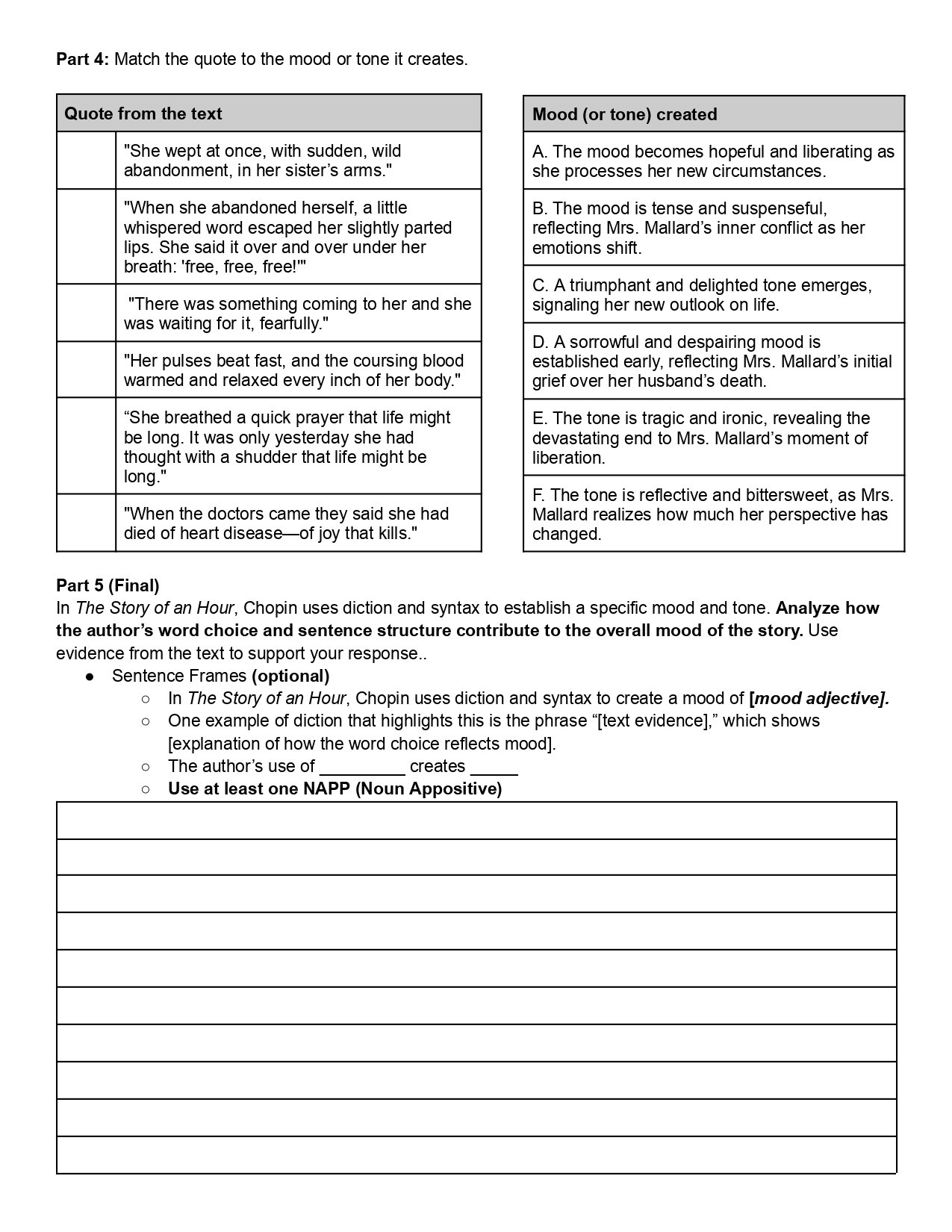
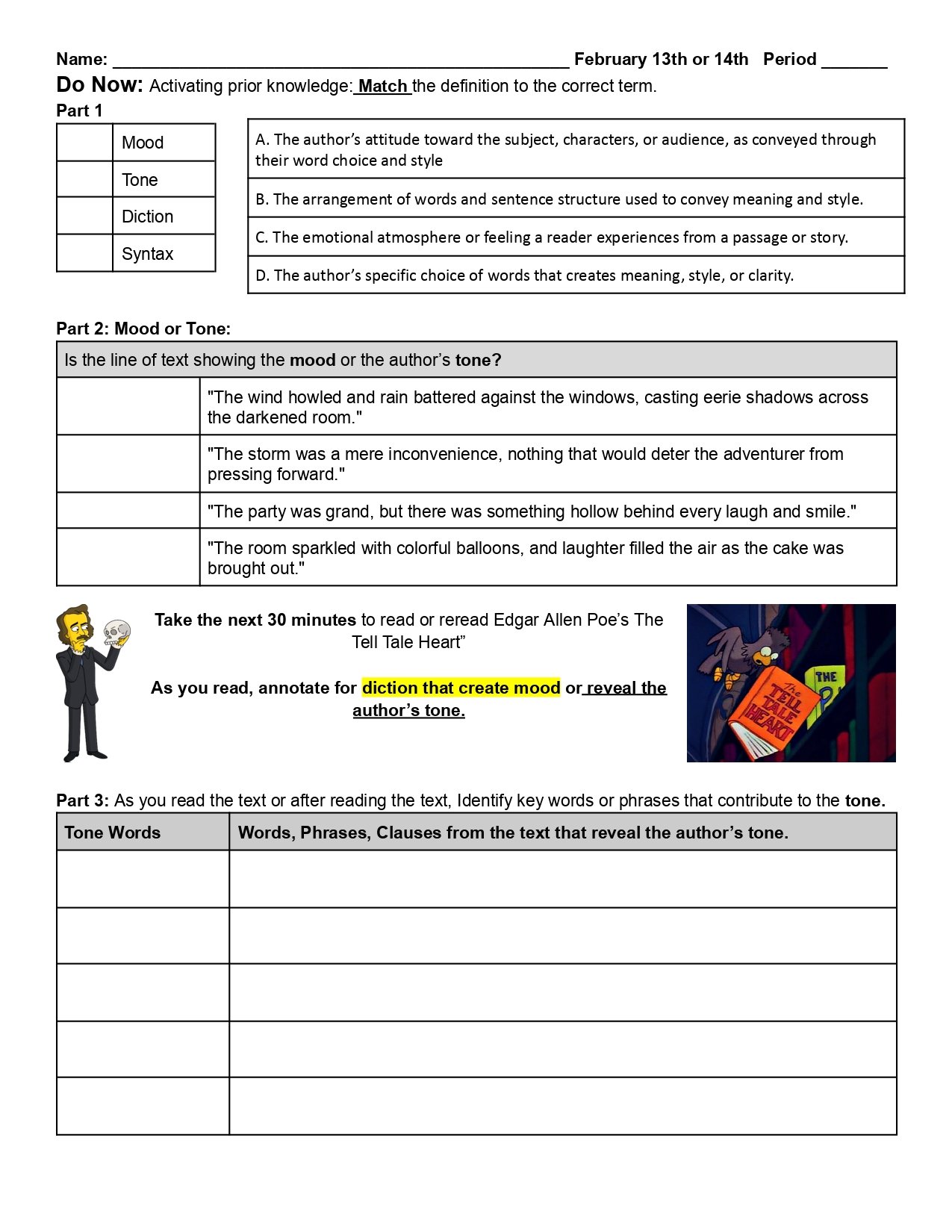


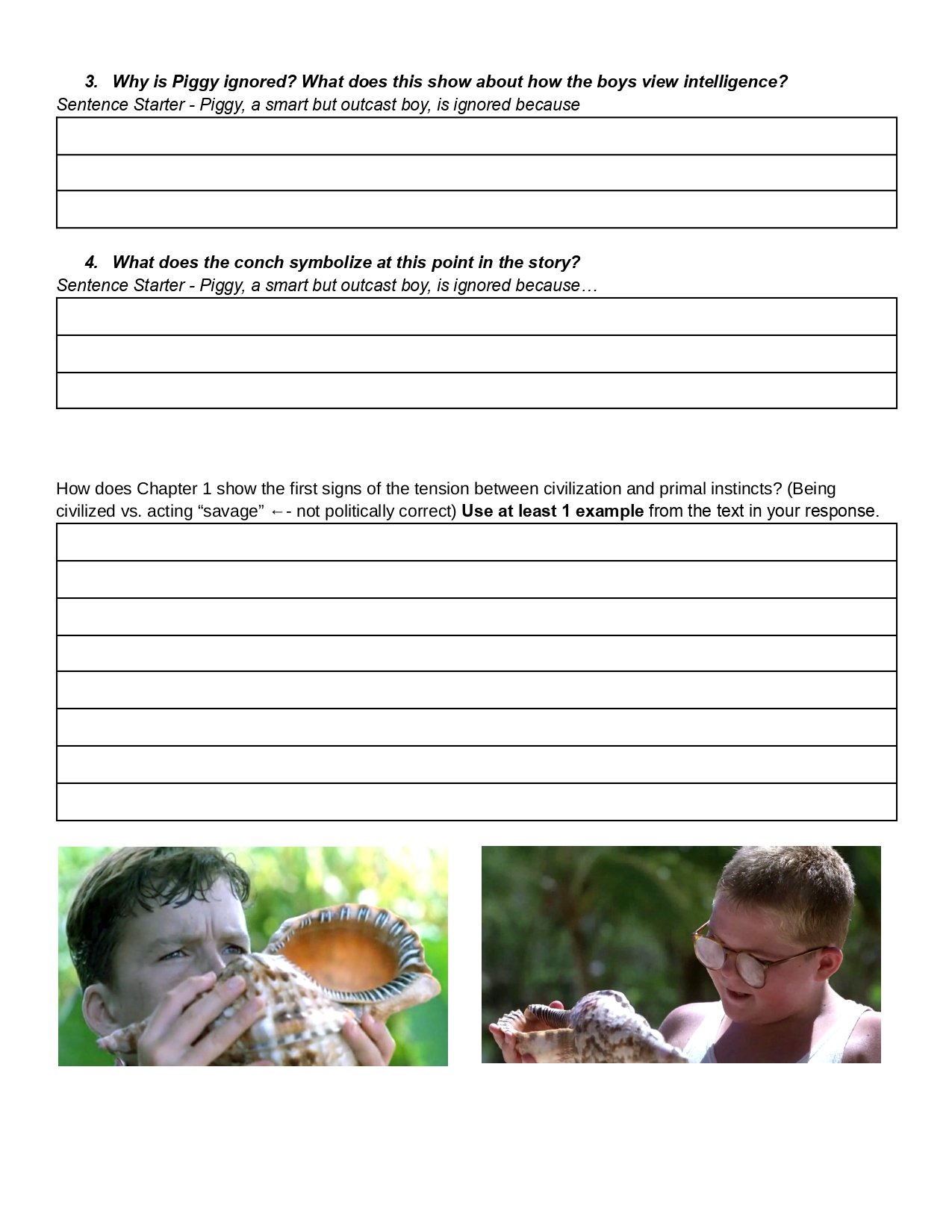
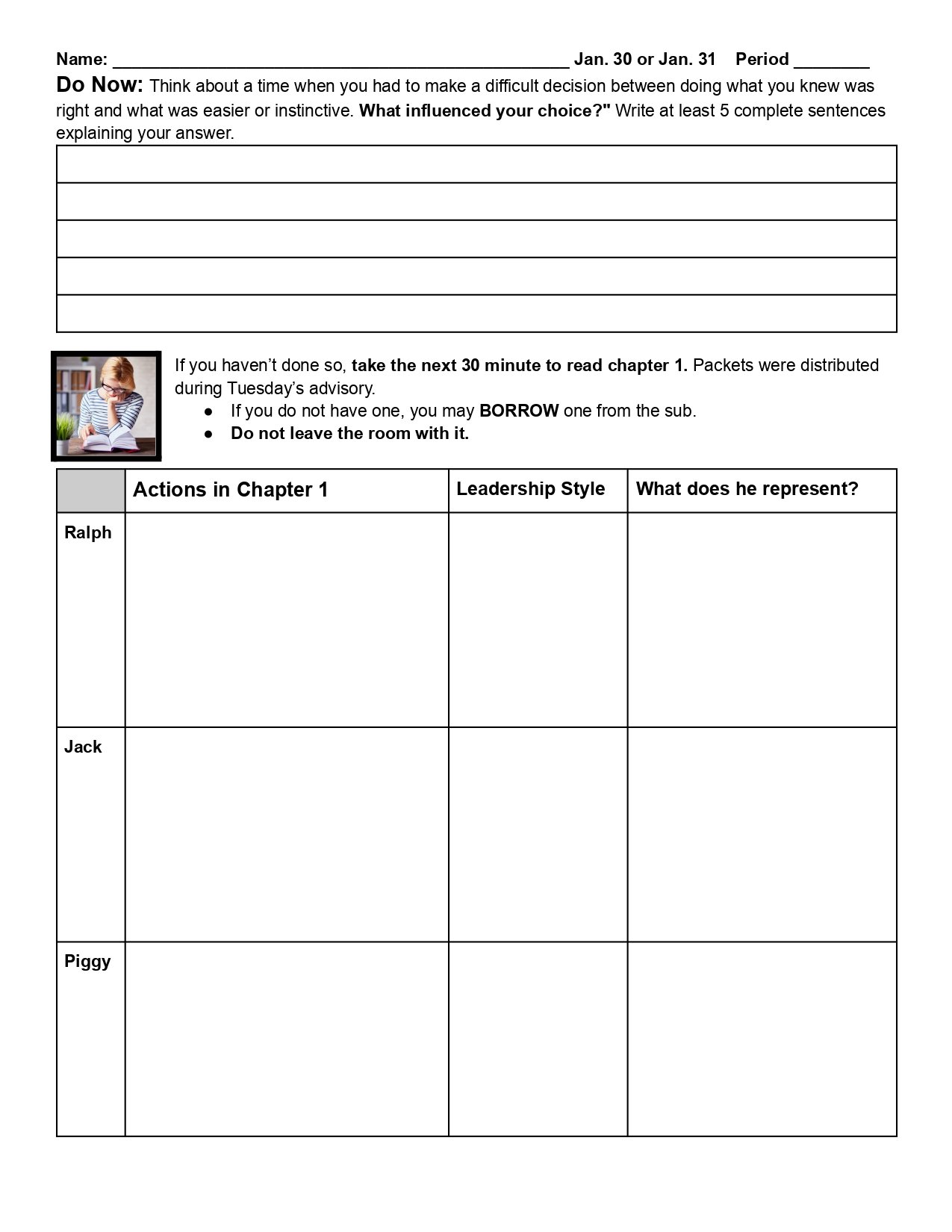
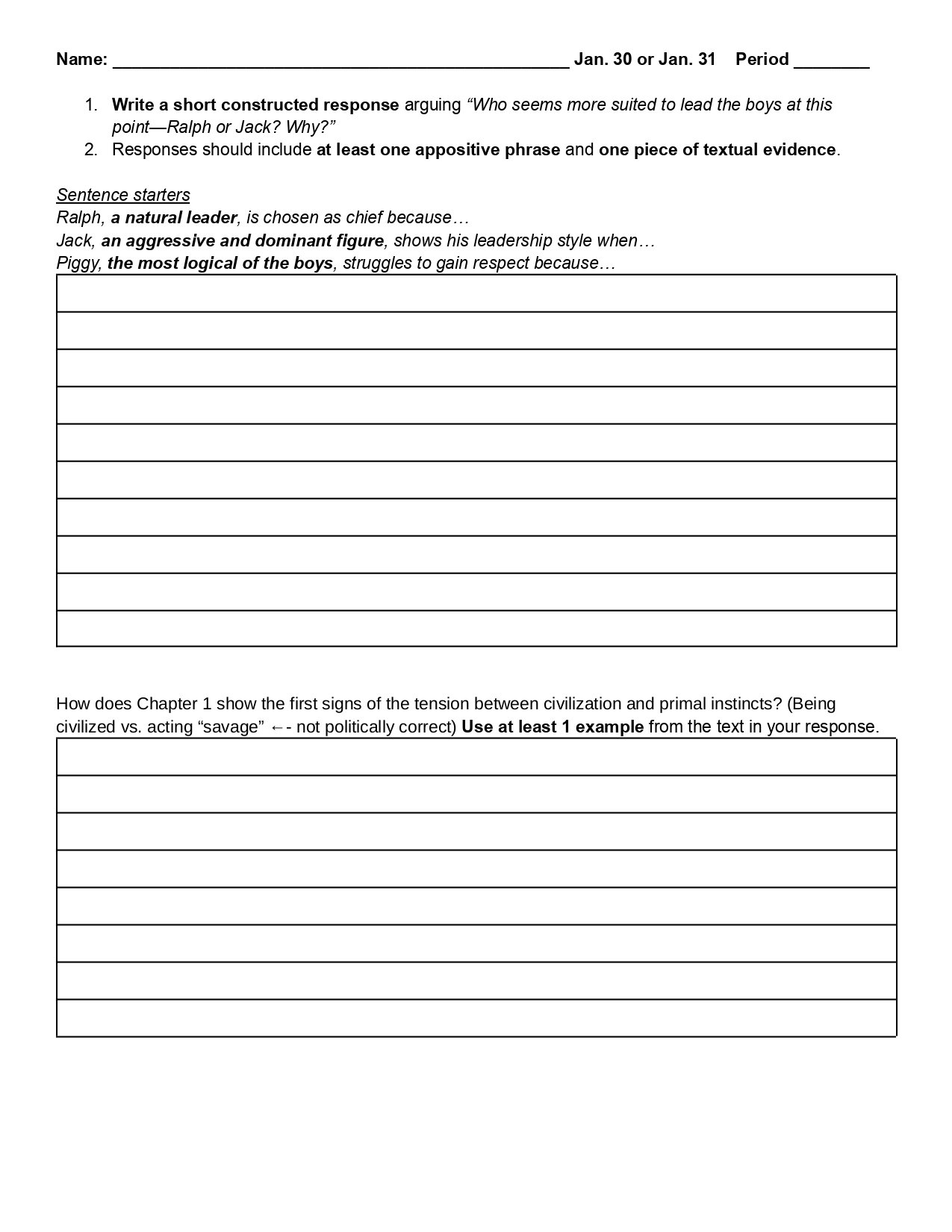
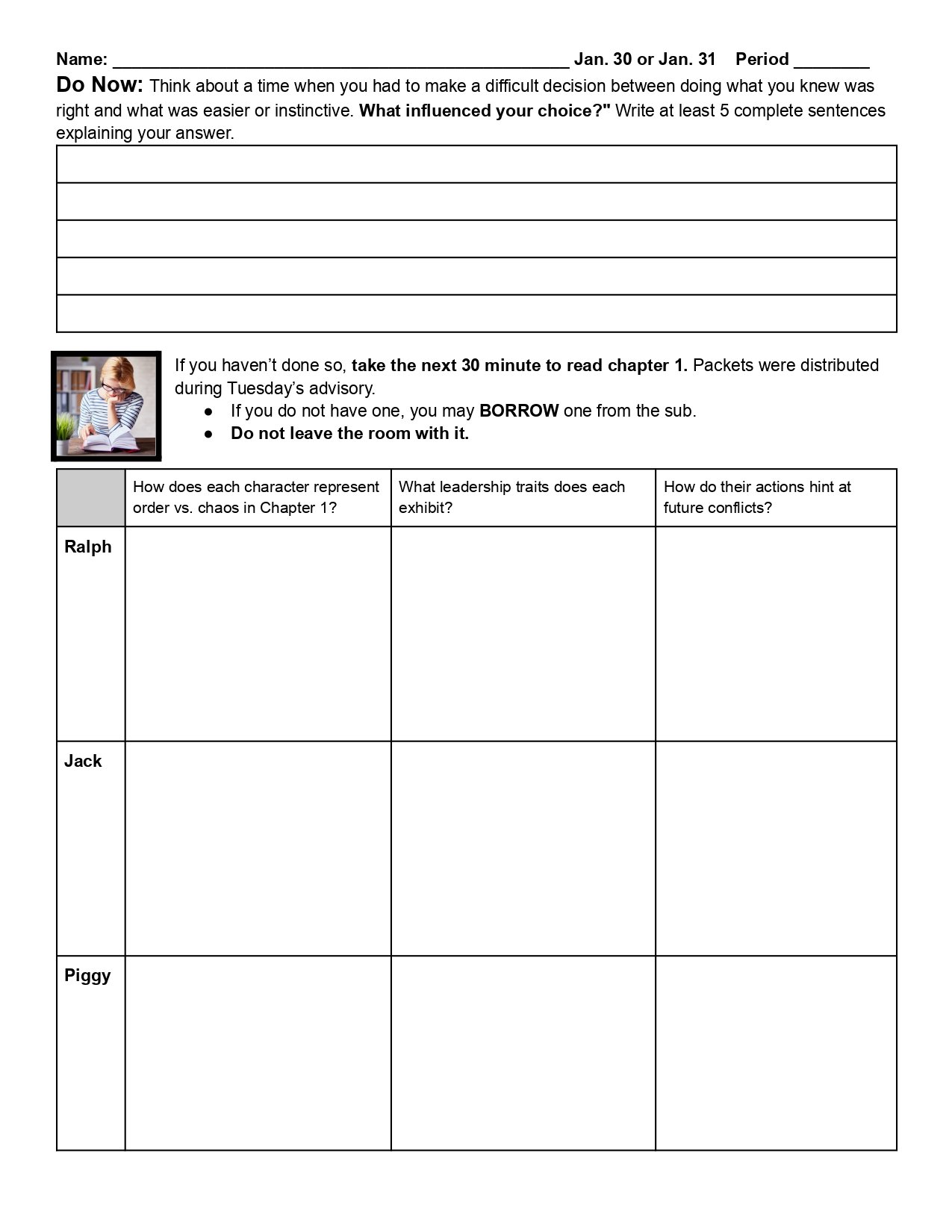
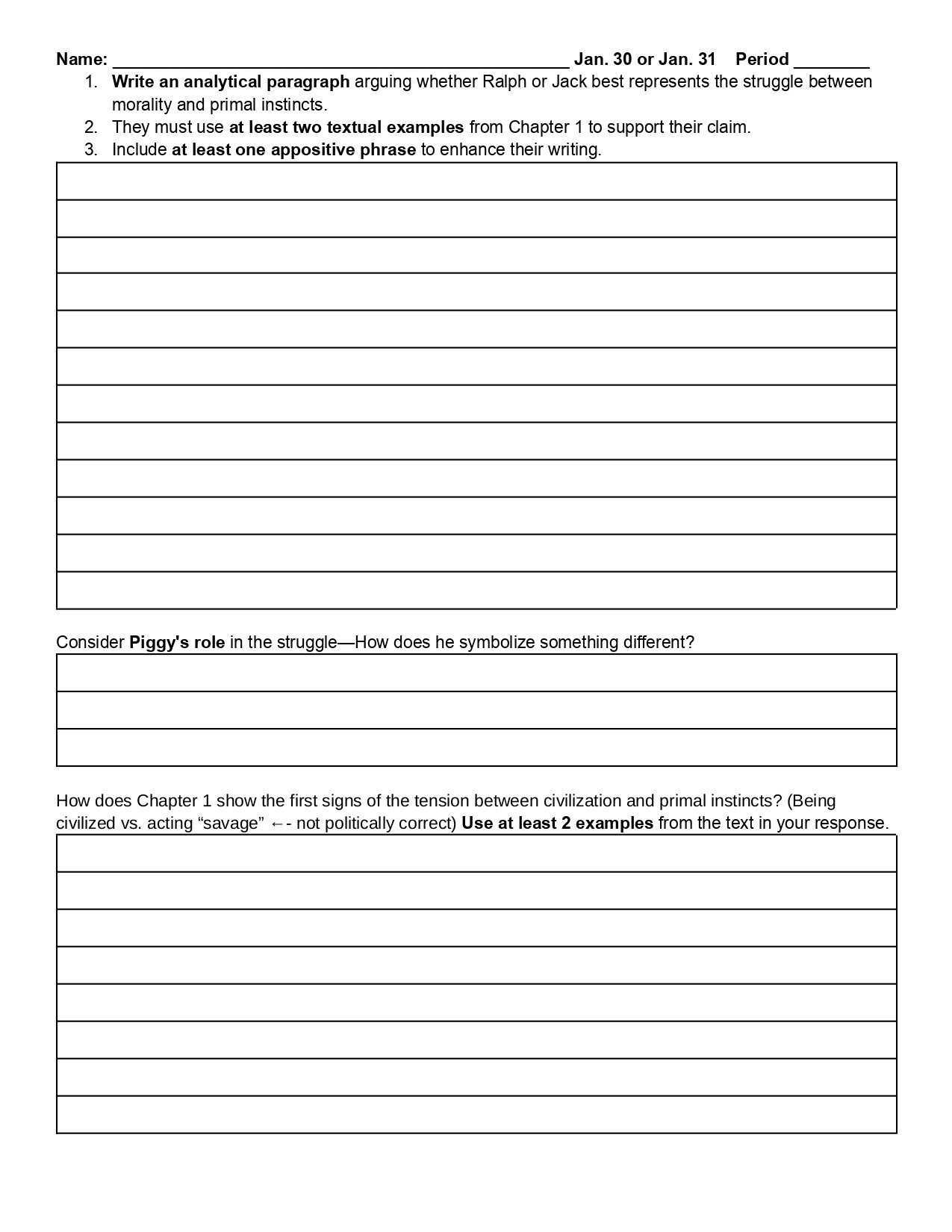
Need to closely examine the participation guides? Click below. Stylistic Choice Analysis ->Learner Guide Sheets ->Presentation Design & DeliveryEach presentation is designed to spark curiosity and make learning come alive. Sessions begin with an engaging hook to capture attention, followed by prompts that activate prior knowledge and foster personal connections. Learners are encouraged to relate concepts to real-world contexts, themselves, and other texts—ensuring the experience is purposeful, relevant, and memorable.
Audience: 11th Grade IB Diploma Candidates (students seeking college credit through successful completion of the program)
Purpose: Introduce a central conflict in the text—the impact of abuse on the adolescent brain—and explore how it shapes character development and thematic depth.
Strategy: Engage students through discussions about their own experiences with discipline and the scientific distinction between discipline and abuse. This approach fosters personal connections and deepens their understanding of the text’s themes.
Audience: 11th Grade IB Diploma Candidates (students pursuing college credit through successful completion of the program)
Purpose: Introduce students to the concept of analyzing authorial choices and understanding how they shape meaning within a text.
Strategy: Before beginning the novel, students will examine Toni Morrison’s use of the Jane and Dick motif as an accessible entry point for analyzing stylistic choices. This low-barrier excerpt provides a clear, scaffolded approach to practicing literary analysis for learners at all levels.
Audience: 11th Grade IB Diploma Candidates (students pursuing college credit through successful completion of the program)
Purpose: Guide students in exploring how an individual’s environment shapes their worldview and self-perception.
Strategy: Introduce the concepts of beauty bias and the halo effect to examine how physical appearance influences societal treatment and expectations. This foundation prepares students to critically analyze character dynamics and thematic elements within the text.
Audience: 12th Grade IB Diploma Candidates enrolled in Theory of Knowledge, an epistemology course focused on exploring how we acquire and understand knowledge.
Purpose: Introduce students to the ethical dimensions of art by prompting critical reflection on the fundamental question: What is art?
Strategy: Students will examine a range of visual artworks—including controversial and unconventional pieces—to debate what qualifies as art and why. The discussion will then expand to include artistic choices in music and film, encouraging students to apply their reasoning across multiple forms of expression and consider the ethical implications of artistic intent and reception.

